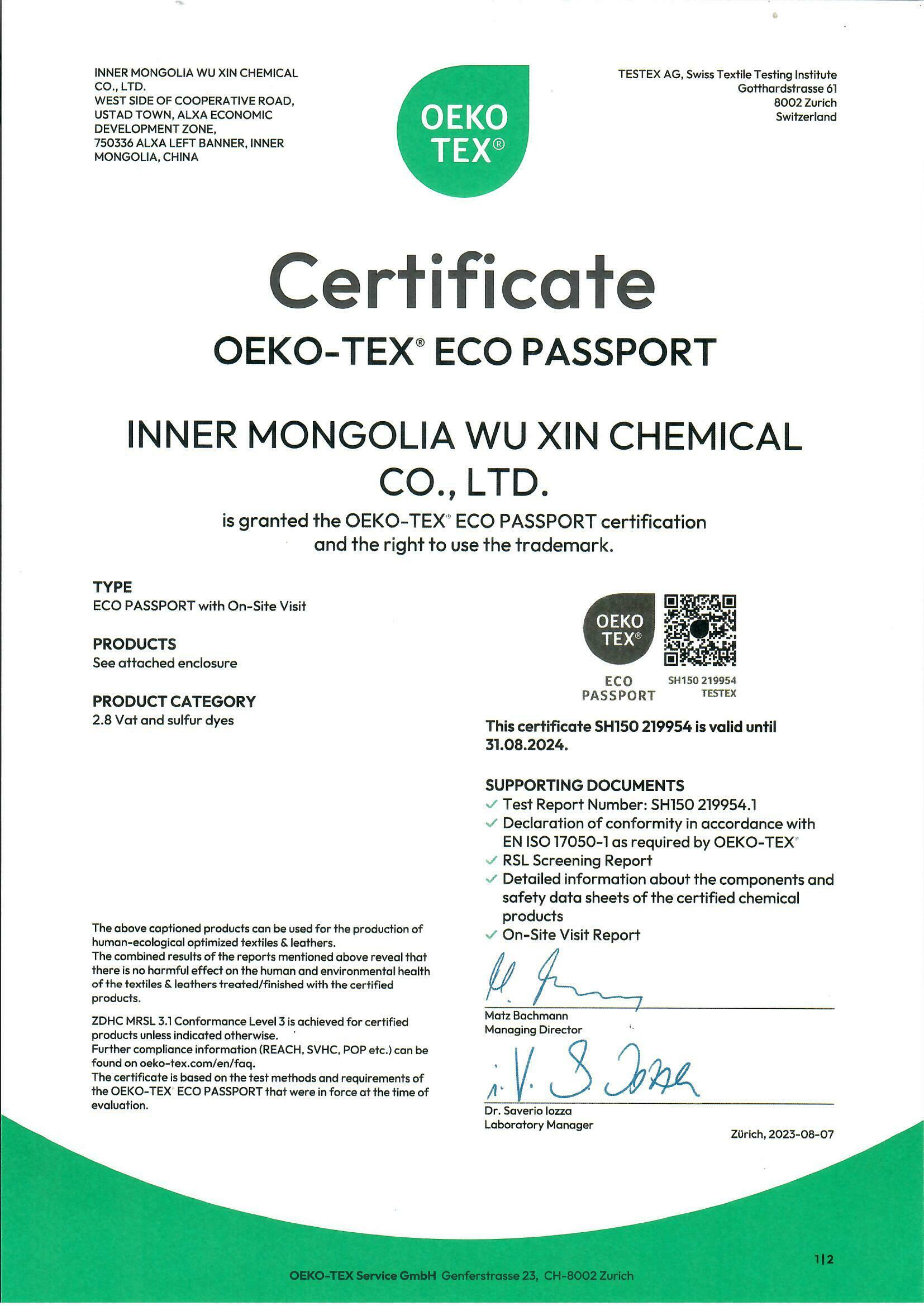indigo dyed
The Timeless Allure of Indigo Dyeing
Indigo dyeing is an ancient art that has captured the imaginations of people across the globe for centuries. Renowned for its deep blue hue, the process of indigo dyeing involves a complex interplay of chemistry, tradition, and culture. This technique, which has roots in diverse regions including Africa, Asia, and the Americas, continues to be celebrated today, not only for its beauty but also for its historical significance.
Indigo, derived from the plant Indigofera, has been utilized as a dye for over 6,000 years. The process of creating indigo dye is intricate and fascinating. The leaves of the indigo plant are harvested and then fermented to convert the indigo pigment into a soluble form known as leucoindigo. This dyeing technique is distinctive because the fabric is immersed repeatedly in the dye bath, allowing the fibers to absorb the color. Each dip in the vat darkens the fabric—a chemical reaction that transforms the dye from yellow-green to a rich blue as it interacts with oxygen in the air.
Throughout history, indigo dyeing has been more than just an artistic endeavor; it has held immense economic and cultural importance. During the medieval period, indigo became a highly sought-after commodity in Europe, leading to extensive trade networks. In India, the dyeing industry flourished, with towns like Bhuj and Ahmedabad becoming famous for their indigo textiles. The craft was passed down through generations, integrating local customs and techniques that varied from region to region.
Indigo also carries significant cultural symbolism. In many societies, the color blue has profound meanings tied to spirituality and protection. In West Africa, for instance, indigo-dyed textiles are often worn during important ceremonies and rites of passage, embodying the connection between the living and the spiritual world. The rich color of indigo has been associated with wisdom, depth, and stability, making it a favored choice for garments intended to convey these qualities.
indigo dyed

The resurgence of interest in sustainable fashion has revitalized the significance of indigo dyeing in contemporary society. As consumers increasingly seek eco-friendly alternatives to synthetic dyes, indigo offers a natural option that aligns with environmentally conscious values. The process of indigo dyeing is generally less harmful than many modern dyeing techniques, which often rely on toxic chemicals. By embracing traditional methods, artisans are not only preserving a rich cultural heritage but also promoting sustainability in today’s fashion landscape.
Moreover, the tactile quality of indigo-dyed textiles brings a certain uniqueness to each piece. The varying shades that result from the dyeing process mean no two items are ever identical, offering consumers a sense of individuality. From handcrafted garments to home décor items, indigo dye can be found across a myriad of products, appealing to those who appreciate craftsmanship and the stories woven into each piece.
In recent years, there has also been a growing movement to educate people about the history and techniques of indigo dyeing. Workshops and classes are proliferating, allowing individuals to connect directly with this time-honored practice. This reawakening of interest not only enhances appreciation for traditional crafts but also encourages a new generation of artisans to continue exploring the artistic possibilities that indigo provides.
In conclusion, indigo dyeing is more than merely a method of creating color; it is a vibrant tapestry of history, culture, and sustainable practices. As we continue to navigate a rapidly changing world, the enduring charm of indigo reminds us of our shared heritage and the importance of crafting a future that honors tradition while embracing innovation. Whether through the making or wearing of indigo-dyed textiles, this age-old craft weaves together stories of identity, community, and artistic expression that resonate across time and space.
-
Sulphur Black Dyes in Daily Use
NewsMay.07,2025
-
Indigo Dyeing for Daily Life
NewsMay.07,2025
-
Indigo Dye Production and Its Growing Demand
NewsMay.07,2025
-
Color That Lasts
NewsMay.07,2025
-
Bromo Indigo for Modern Use
NewsMay.07,2025
-
Blue From Nature
NewsMay.07,2025
-
The Timeless Color in Fashion and Textiles
NewsApr.10,2025

Sulphur Black
1.Name: sulphur black; Sulfur Black; Sulphur Black 1;
2.Structure formula:
3.Molecule formula: C6H4N2O5
4.CAS No.: 1326-82-5
5.HS code: 32041911
6.Product specification:Appearance:black phosphorus flakes; black liquid

Bromo Indigo; Vat Bromo-Indigo; C.I.Vat Blue 5
1.Name: Bromo indigo; Vat bromo-indigo; C.I.Vat blue 5;
2.Structure formula:
3.Molecule formula: C16H6Br4N2O2
4.CAS No.: 2475-31-2
5.HS code: 3204151000 6.Major usage and instruction: Be mainly used to dye cotton fabrics.

Indigo Blue Vat Blue
1.Name: indigo blue,vat blue 1,
2.Structure formula:
3.Molecule formula: C16H10N2O2
4.. CAS No.: 482-89-3
5.Molecule weight: 262.62
6.HS code: 3204151000
7.Major usage and instruction: Be mainly used to dye cotton fabrics.

